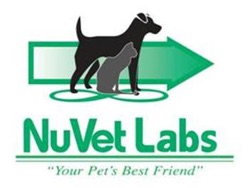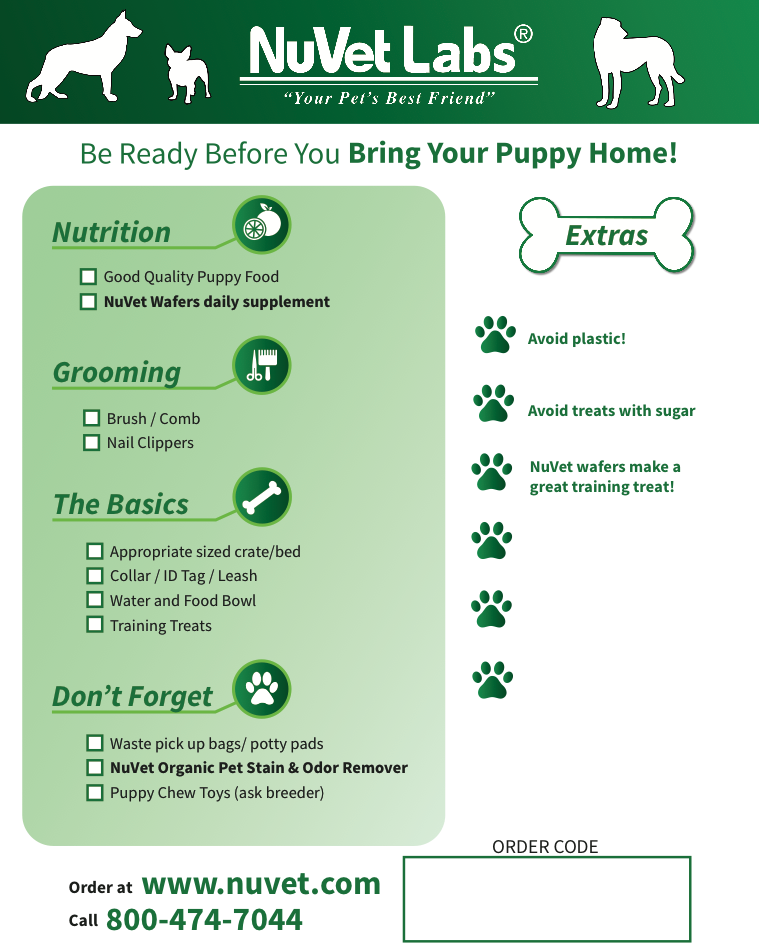Try to keep the first couple of days at home low key as your new puppy gets used to it’s new surroundings. Puppies have a very small bladder so take them out frequently! “The Poochie Bell” on the door works very well and you can teach them to use it when they want to go out.
Before you put your new puppy in it’s crate for the night, play with puppy a lot and wear puppy out. Also be sure that puppy does pee and poop one last time before going to bed. Puppy will have spent some time in his crate already and will be familiar with it, however it may or may not have some separation anxiety, being away from it’s siblings the first few nights. It may or may not cry; if it does cry, talk to him in a soft voice to reassure it. If you let it out while crying you will just reinforce this behavior. If you feel that it may need to go outside to potty, then wait for a break with the crying, and then praise it and take it outside. Always make going in the crate a positive experience. Praise your puppy and tell it what a good dog it is! During the day when your puppy wants to nap, put it in it’s crate. That way your puppy will be more accustom with its new crate before bedtime. It is better to let them cry it out during the day instead of the night when you want to sleep. You will get through it. Just be consistent. In just a few days the routine will be set and it will be a lot easier. Puppies love routines and do well with it.
Ceasar’s Way Aceiving Balance and Harmony with your dog....
Don Sullivan’s “Secrets to training the perfect dog “small size or Large size”
Same as Thornit ear powder (Happy Jack) on Amazon
Master Grooming Tools; Ergonomic Dematting Tools Affordable and works great
Master Groomer Tools; Flexible Slicker Brushes Affordable and works great
Lupine Dog Collars & Leashes. Guaranteed for life
Article on Crate Training by The Whole Dog Journal






























